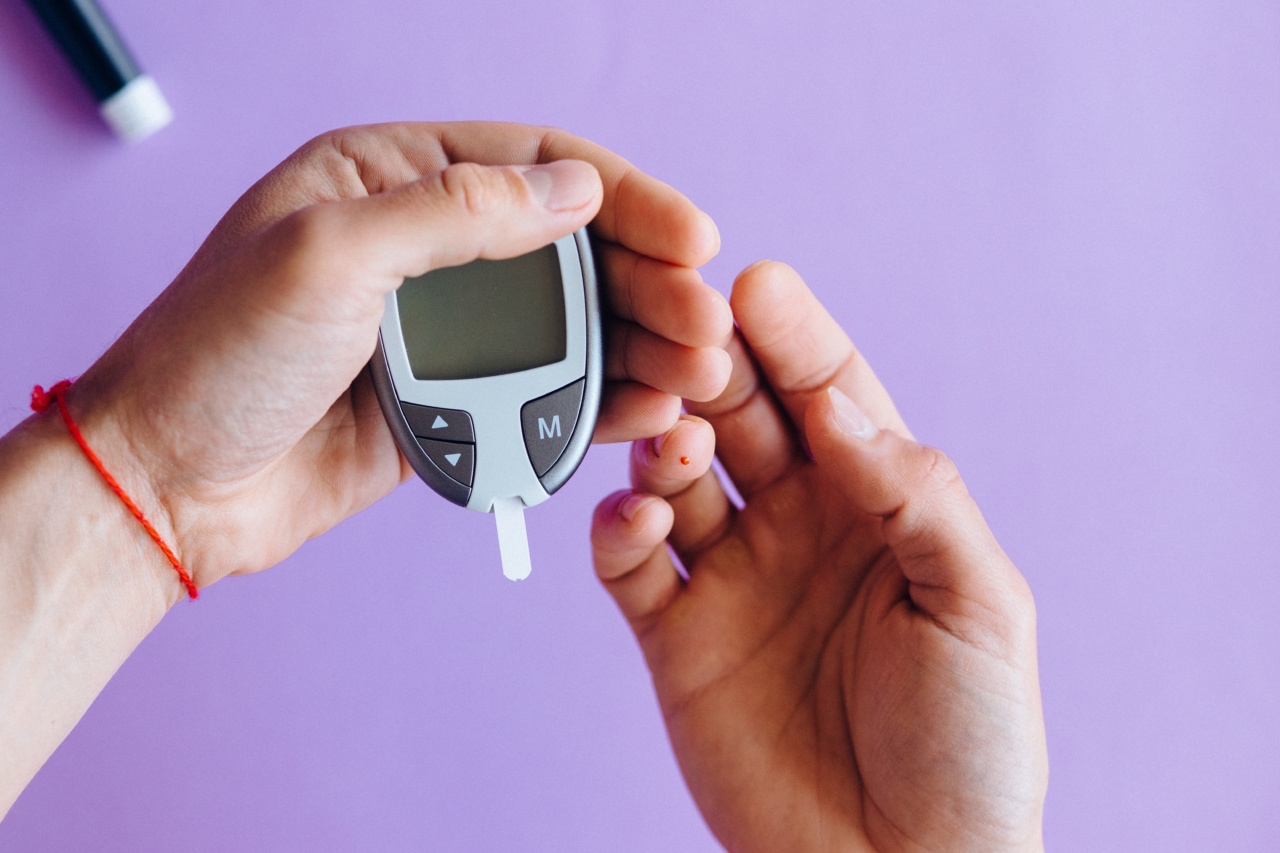High blood pressure and diabetes are two of the most common chronic conditions that affect millions of people worldwide. These conditions often coexist, and if left unmanaged, they can lead to severe health complications. However, there is hope.
With the right strategies and lifestyle changes, it is possible to control both high blood pressure and diabetes effectively. In this article, we will explore the antidote for these conditions and discuss the various methods that can help you regain control of your health.
Understanding High Blood Pressure
High blood pressure, also known as hypertension, occurs when the force of blood against the artery walls is consistently too high.
This condition puts extra strain on the heart and blood vessels, increasing the risk of heart disease, stroke, and other related complications.
The Relationship between High Blood Pressure and Diabetes
Recent studies have shown a strong connection between high blood pressure and diabetes. In fact, individuals with diabetes are twice as likely to develop high blood pressure compared to those without diabetes.
This relationship can be attributed, in part, to the fact that both conditions share common risk factors, such as obesity, unhealthy diet, lack of physical activity, and excessive alcohol consumption.
Controlling High Blood Pressure and Diabetes Naturally
1. Healthy Eating Habits.
Eating a well-balanced diet is crucial in managing both high blood pressure and diabetes. Include plenty of fruits, vegetables, whole grains, lean proteins, and healthy fats in your meals.
Reduce your intake of processed foods, sugary drinks, and foods high in saturated and trans fats. Incorporating the DASH (Dietary Approaches to Stop Hypertension) diet can be particularly beneficial in lowering blood pressure and controlling diabetes.
2. Regular Exercise.
Engaging in regular physical activity is essential for controlling both conditions. Aim for at least 150 minutes of moderate-intensity aerobic exercise or 75 minutes of vigorous-intensity exercise per week.
Additionally, strength training exercises can help improve insulin sensitivity and lower blood pressure. Always consult with your healthcare provider before starting any new exercise routine.
3. Maintain a Healthy Weight.
Weight loss, particularly in overweight or obese individuals, can significantly improve high blood pressure and diabetes. Even a small reduction in weight can have a positive impact on these conditions.
Incorporate a combination of a healthy diet and regular exercise to achieve and maintain a healthy weight.
4. Limit Salt Intake.
High salt consumption can contribute to high blood pressure. Therefore, it is important to limit your sodium intake.
Avoid adding excessive salt to your meals, and limit your consumption of processed and packaged foods, as they often contain high amounts of sodium. Read food labels carefully and opt for low-sodium alternatives whenever possible.
5. Manage Stress Levels.
Chronic stress can raise blood pressure and impair glucose control in individuals with diabetes.
Adopting stress management techniques such as deep breathing exercises, meditation, yoga, and engaging in hobbies can help reduce stress levels and improve overall well-being.
6. Limit Alcohol Consumption and Quit Smoking.
Excessive alcohol consumption can raise blood pressure levels and interfere with diabetes management. Limit your alcohol intake or avoid it altogether. Additionally, smoking can narrow blood vessels and increase the risk of heart disease.
Quitting smoking is paramount for both high blood pressure and diabetes control.
Medical Intervention and Management Options
While lifestyle changes are the cornerstone of managing high blood pressure and diabetes, sometimes medical intervention is necessary.
If your blood pressure or blood glucose levels remain uncontrolled despite your efforts, your healthcare provider may prescribe medication to assist in managing these conditions. It is important to follow your doctor’s recommendations and take any prescribed medication as directed.
Regular check-ups and monitoring your blood pressure and blood glucose levels are vital. This will help you and your healthcare provider assess your progress and make any necessary adjustments to your treatment plan.
Conclusion
High blood pressure and diabetes can be effectively managed with the right strategies and lifestyle modifications.
By implementing a healthy eating plan, engaging in regular physical activity, and adopting stress management techniques, you can take control of your health. Remember to consult with your healthcare provider for personalized advice and support. With determination and the right approach, you can live a healthy and fulfilling life, free from the complications of high blood pressure and diabetes.































